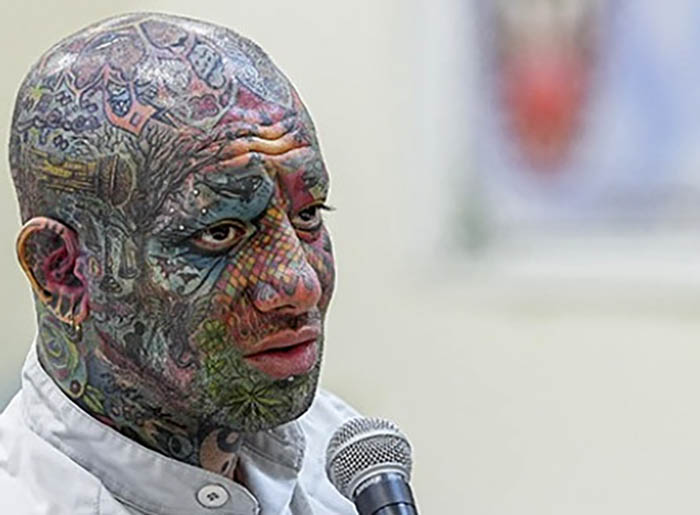The Controversy Surrounding Defense Secretary Pete Hegseth’s “Kafir” Tattoo

Reflection on Symbols and Identity
The discussion surrounding Pete Hegseth’s “كافر” (kafir) tattoo invites reflection on the nature of symbols in individual and collective identity. Tattoos, along with other forms of personal expression, can evoke strong emotional responses, serving as both statements of individuality and representations of broader cultural narratives.
The Dual Nature of Symbols
Symbols can function in dual capacities: as markers of personal identity and as reflections of collective history. For some, Hegseth’s tattoo may signify a personal journey of faith or conviction, while for others, it may evoke memories of conflict and alienation. Thus, the challenge lies in navigating the complexities of interpretation and the weight of historical context.
The Role of Empathy
Empathy becomes a vital component in engaging with symbols that carry conflicting meanings. By striving to understand the perspectives of others, individuals can shift their awareness from judgment to curiosity. This willingness to place oneself in another’s shoes can reshape conversations and lead to more compassionate understandings.
Conclusion: A Divisive Symbol or Personal Expression?
As the conversation regarding Pete Hegseth’s “kafir” tattoo evolves, it encapsulates the complexities of American identity, religious expression, and the socio-political landscape surrounding Islam and Muslims today. Whether viewed as a testament to personal beliefs or an inflammatory symbol of division, Hegseth’s tattoo has undeniably reignited important discussions about faith, patriotism, and the respectful dialogue necessary for addressing cultural and ideological differences.
Ultimately, the reactions to Hegseth’s tattoo remind us that symbols carry weighty histories and implications. Engaging in thoughtful conversations and fostering understanding will be crucial as society navigates the ever-evolving landscape of faith, identity, and global relations.




